Ibsen Museum
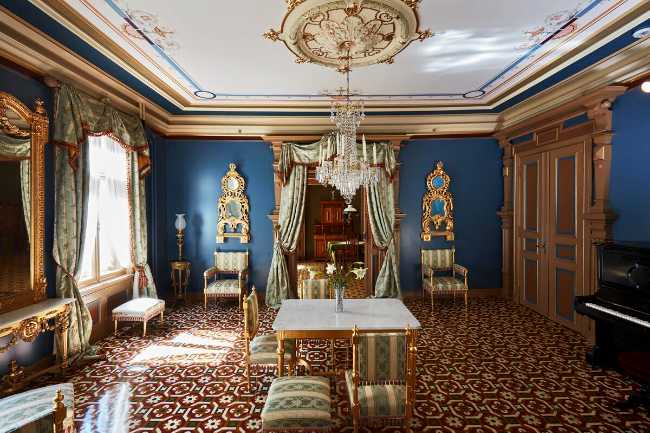
Tucked away near Oslo’s Royal Palace, the Ibsen Museum offers an intimate look into the final chapter of Henrik Ibsen’s life. Located in the very apartment where the playwright lived and worked for his last 11 years, the museum preserves original interiors, including his study where masterpieces like Hedda Gabler and The Master Builder were penned. Visitors step into a meticulously restored space, complete with authentic furnishings, colors, and decor that evoke the late 19th century. Beyond the apartment, the museum features exhibitions that explore Ibsen’s dramatic legacy and personal story, including the thought-provoking “I’d Rather Ask” installation. Outside, quotes from his plays are etched into the pavement, inviting reflection even before entering. As both a cultural landmark and a literary pilgrimage site, the Ibsen Museum bridges past and present, offering a rare glimpse into the mind of one of Norway’s—and the world’s—most influential dramatists.
Oslo NorwayThe Ibsen Museum in Oslo is located at Henrik Ibsens gate 26, very close to the Royal Palace, in the city center of Oslo. This museum occupies the last home of Henrik Ibsen, Norway’s most renowned playwright, who lived there from 1895 to 1906. The museum offers visitors a unique opportunity to explore Ibsen’s life and works through guided tours of his restored apartment, complete with authentic furnishings and interiors, alongside exhibitions that delve into his legacy and creative process. Nearby attractions include the Royal Palace, a prominent historical and cultural site offering gardens and tours; the National Theatre, just a short walk away where many of Ibsen’s plays were originally performed; and the vibrant Karl Johans gate, Oslo’s main pedestrian street featuring shops, cafés, and cultural venues. The museum’s central location also provides easy access to other key city highlights such as the Oslo Cathedral and several parks. Public transport options are excellent, with Nationaltheatret station nearby connecting via bus, metro, tram, and train, making the museum highly accessible for visitors.
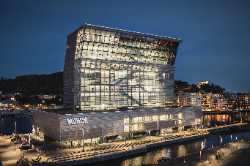 Munch Museum
Oslo
Munch Museum
Oslo
 Fram Museum
Oslo
Fram Museum
Oslo
 Kon-Tiki Museum
Oslo
Kon-Tiki Museum
Oslo
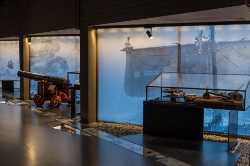 Norwegian Maritime Museum
Oslo
Norwegian Maritime Museum
Oslo
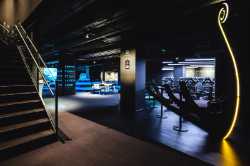 Viking Planet
Oslo
Viking Planet
Oslo
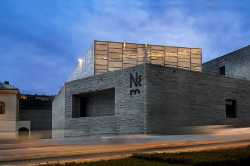 National Museum Oslo
Oslo
National Museum Oslo
Oslo
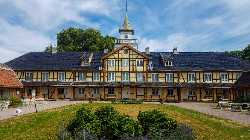 Oslo City Museum
Oslo
Oslo City Museum
Oslo
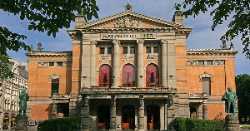 The Norwegian National Theatre
Oslo
The Norwegian National Theatre
Oslo
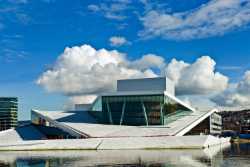 Oslo Opera House
Oslo
Oslo Opera House
Oslo
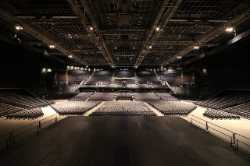 Oslo Spektrum
Oslo
Oslo Spektrum
Oslo
 Rockefeller Music Hall
Oslo
Rockefeller Music Hall
Oslo
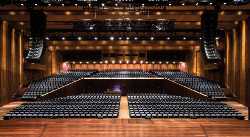 Oslo Concert Hall
Oslo
Oslo Concert Hall
Oslo
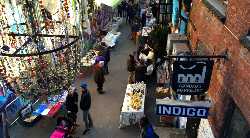 Vestkanttorvet bric-a-brac
Oslo
Vestkanttorvet bric-a-brac
Oslo
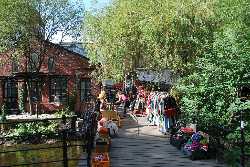 Sunday market in Ingensgate
Oslo
Sunday market in Ingensgate
Oslo
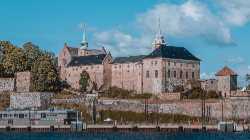 Akershus Fortress
Oslo
Akershus Fortress
Oslo
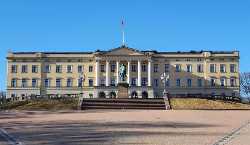 The Royal Palace Oslo
Oslo
The Royal Palace Oslo
Oslo
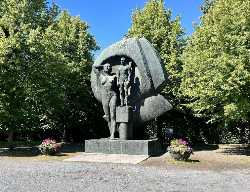 National Monument Oslo
Oslo
National Monument Oslo
Oslo
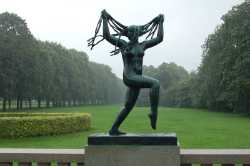 Vigeland Sculpture Park
Oslo
Vigeland Sculpture Park
Oslo
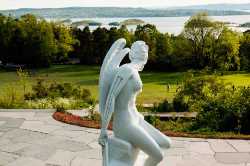 Ekeberg Sculpture Park
Oslo
Ekeberg Sculpture Park
Oslo
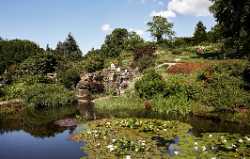 Botanical Garden
Oslo
Botanical Garden
Oslo
 The Viking Ship Museum
Oslo
The Viking Ship Museum
Oslo
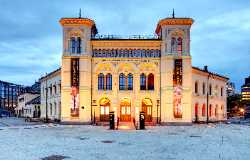 Nobel Peace Center
Oslo
Nobel Peace Center
Oslo
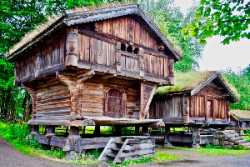 Norwegian Folk Museum
Oslo
Norwegian Folk Museum
Oslo
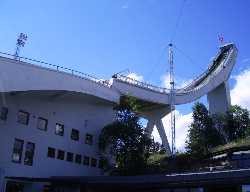 Holmenkollen Ski Museum and Tower
Oslo
Holmenkollen Ski Museum and Tower
Oslo
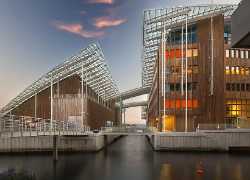 Astrup Fearnley Museum
Oslo
Astrup Fearnley Museum
Oslo
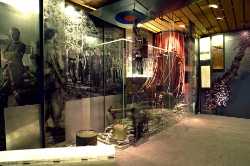 The Resistance Museum
Oslo
The Resistance Museum
Oslo
 Vigeland Museum
Oslo
Vigeland Museum
Oslo
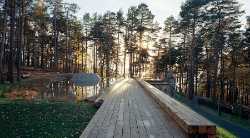 Ekebergparken Museum
Oslo
Ekebergparken Museum
Oslo
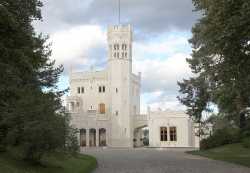 Oscarshall Palace
Oslo
Oscarshall Palace
Oslo
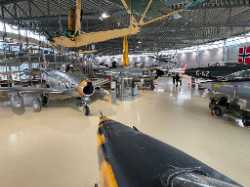 Norwegian Armed Forces Museum
Oslo
Norwegian Armed Forces Museum
Oslo
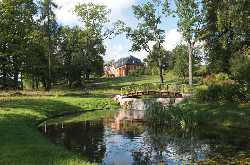 Bogstad Farm
Oslo
Bogstad Farm
Oslo
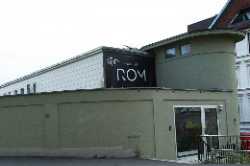 Galleri Rom
Oslo
Galleri Rom
Oslo
 Oslo Natural History Museum
Oslo
Oslo Natural History Museum
Oslo
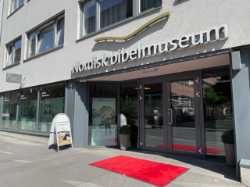 Nordic Bible Museum
Oslo
Nordic Bible Museum
Oslo
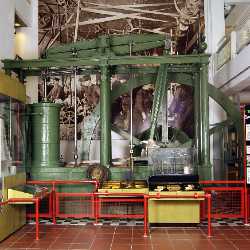 Norwegian Museum of Science and Technology
Oslo
Norwegian Museum of Science and Technology
Oslo
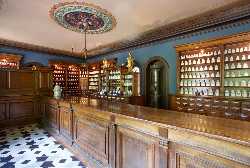 Norwegian Pharmacy Museum
Oslo
Norwegian Pharmacy Museum
Oslo
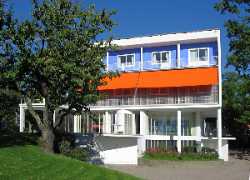 Villa Stenersen
Oslo
Villa Stenersen
Oslo
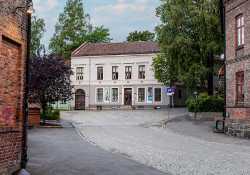 Labour Museum
Oslo
Labour Museum
Oslo
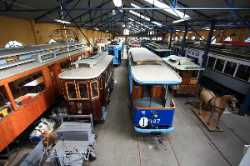 Oslo Tramway Museum
Oslo
Oslo Tramway Museum
Oslo
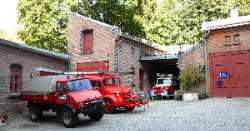 The Fire Museum
Oslo
The Fire Museum
Oslo
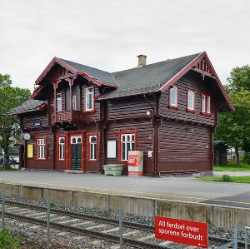 Norwegian Telecom Museum
Oslo
Norwegian Telecom Museum
Oslo
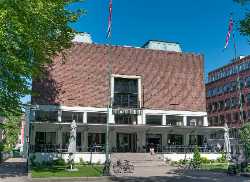 Kunstnernes Hus
Oslo
Kunstnernes Hus
Oslo
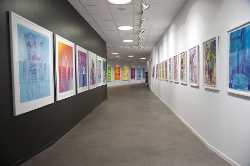 Galleri Fineart
Oslo
Galleri Fineart
Oslo
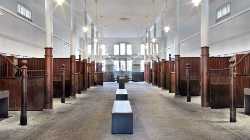 Queen Joséphine Gallery
Oslo
Queen Joséphine Gallery
Oslo
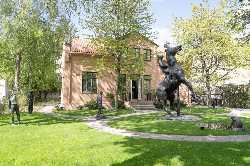 TBS Gallery
Oslo
TBS Gallery
Oslo
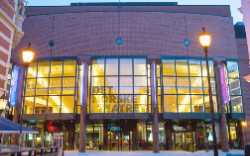 Det Norske Teatret
Oslo
Det Norske Teatret
Oslo
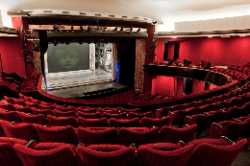 Oslo Nye Teater
Oslo
Oslo Nye Teater
Oslo
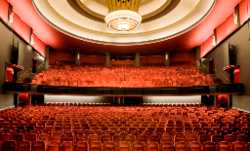 Folketeateret
Oslo
Folketeateret
Oslo
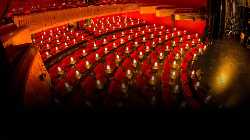 Chat Noir
Oslo
Chat Noir
Oslo
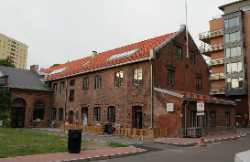 Det Andre Teatret
Oslo
Det Andre Teatret
Oslo
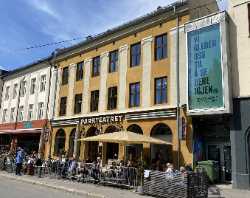 Parkteatret
Oslo
Parkteatret
Oslo